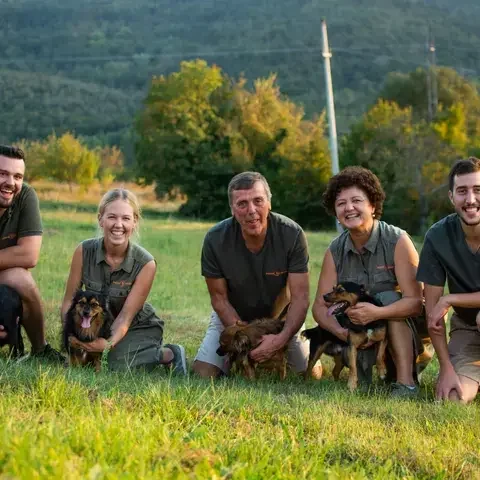Wild garlic, otherwise known as ramsons, buckrams, broad-leaved garlic, wood garlic, bear leek or bear's garlic is an early spring favourite and commonly found in Europe's great outdoors.
The Latin name for the garlic, 'allium ursinum,' comes from brown bears' love of this tasty herb. The season coincides with the end of the bears' hibernation when they love to treat themselves to some of these tiny, tasty wild plants.
Wild garlic: what is it?
Garlic is a wild plant that usually grows in undergrowth, damp plots, or near watercourses. The first leaves appear between February and March, the buds in April and the white flowers from April to June.
A distant relative of chives, wild garlic leaves boast distinct piquantness and mild sweetness akin to leeks and spring onions.
If you can't find wild garlic, chives are a good substitute.
Where can you find wild garlic?
Wild garlic is a prolific grower in temperate lowlands and can easily be found when foraging on a woodland walk.
Wild garlic can be recognised by the six-petal white flowers that form a kind of umbrella. If in any doubt, leave the harvesting to the experts, as wild garlic can be confused with the poisonous lily of the valley.
Here's how to find the best, tender wild garlic, from the bulb to the leaves, and how to leave the site intact ready for a future harvest.




















